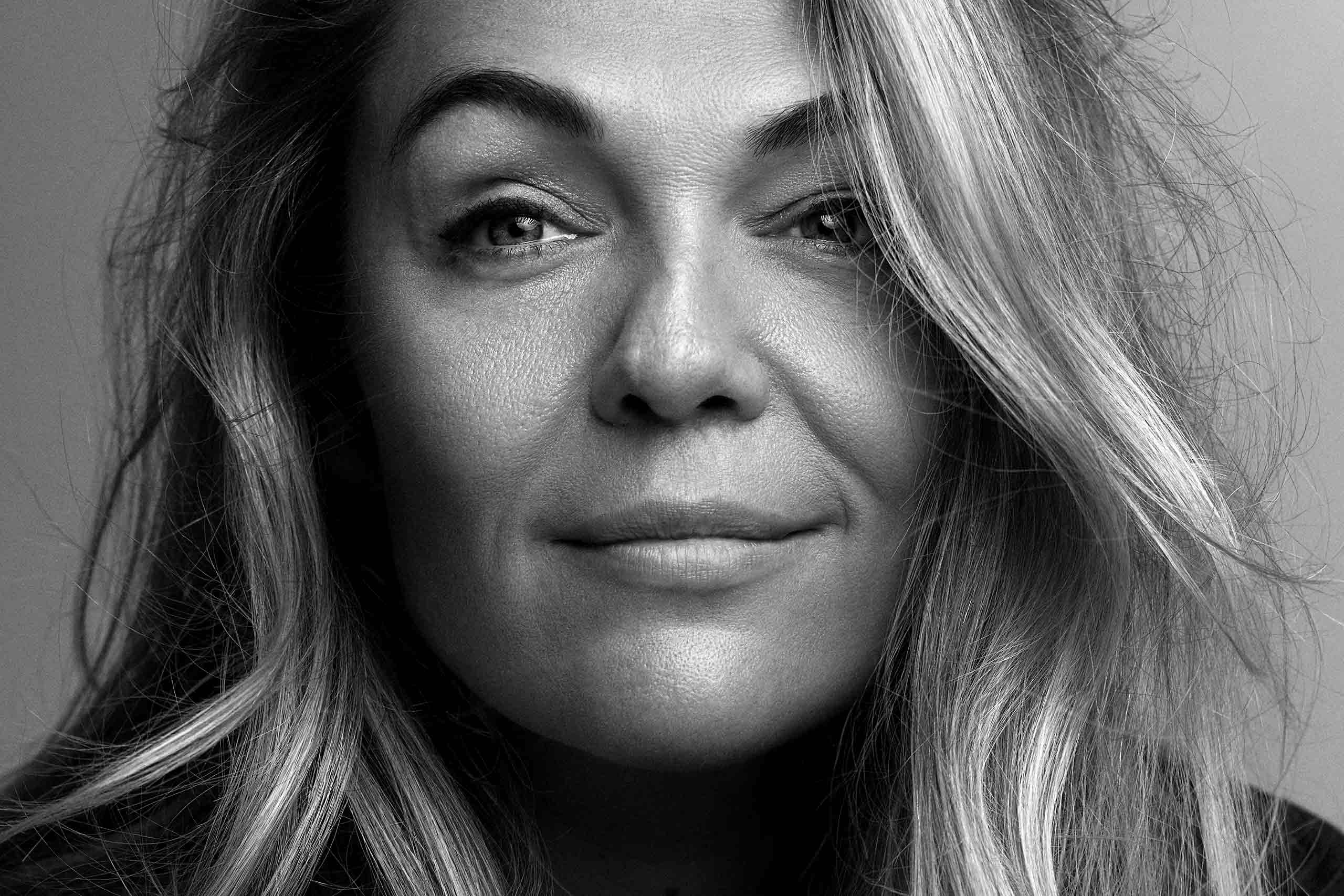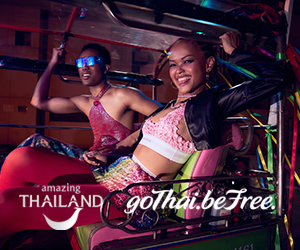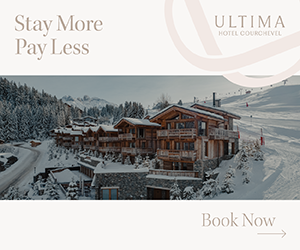Fresh from her first appearance as a speaker at OutThere’s Icons of Inclusion 2025 event, Sophie Morgan talks us through her current bugbears around accessibility in tourism, where she sees encouraging progress in the journey towards barrier-free travel, and her undimmed passion for the next adventure.
If you’re thinking of listing the trailblazing achievements of TV presenter, award-winning travel writer and accessibility campaigner Sophie Morgan, best take a deep breath first. Also an artist, model, producer, brand ambassador and compelling public speaker, UK-born Sophie has built a TV career that has included high-profile presenting roles in both the UK and US, has earned her two BAFTA nominations and spans more than two decades. One of the world’s first wheelchair users to host prime-time TV, she became the first woman to anchor Paralympics coverage in both countries, for Channel 4 and NBC Sports. She has modelled for Stella McCartney and Adidas, won multiple awards for her advocacy and activism on behalf of people with disabilities, and, as a public speaker has addressed countless conferences, TED Talk audiences, Fortune 500 companies and government policymakers. She is the first British paraplegic woman to experience zero gravity on a space-training programme. And there’s more. Much more.
As a child, Sophie lined her bedroom wall with postcards from her wine broker father’s work travels and dreamed of all the adventures and discoveries that lay ahead. All that seemed to fade from view when, when she was 18, a serious car accident left her paralysed from the chest down. Adapting with spirit and determination to life as a wheelchair user, she changed her plans to pursue a law degree, instead studying Fine Arts at Goldsmiths, London. A surprise break into TV came during her studies when she was invited to join ten other disabled people on an expedition across Nicaragua for the 2004 BBC series Beyond Boundaries, and although a nasty bout of amoebic dysentery stopped her from finishing the trip, her horizons had changed forever. Four years later, she came runner-up in the BBC reality TV show Britain’s Missing Top Model, and, with quick wits, zest for life and a robust sense of humour making her a natural in front of TV cameras, soon began to win high-profile presenting work.
Over the following years, Sophie co-hosted sports shows and a chat show and presented documentaries and reality TV shows that often tapped into both her disability advocacy work and refusal to give up on her ambitious travel dreams (bucket-list items include adapted mountain biking in the Rockies and riding around the world on her Ryker three-wheeler motorbike). Meanwhile, she established an impressive sideline in accessible travel journalism and published the memoir Driving Forwards.
Currently, Sophie is juggling multiple projects, including Rights on Flights, her campaign to remove barriers to air travel for people with disabilities, writing freelance travel articles and regular columns for world-renowned newspapers and magazines, and developing TV projects through Making Space Media, the production company she founded in 2023 in partnership with Hollywood actress Reese Witherspoon’s production house Hello Sunshine.
She also found time recently to deliver a brilliant speech at OutThere’s Icons of Inclusion 2025 event at London’s Dorchester Hotel – and afterwards to tell us more about her remarkable life and work.
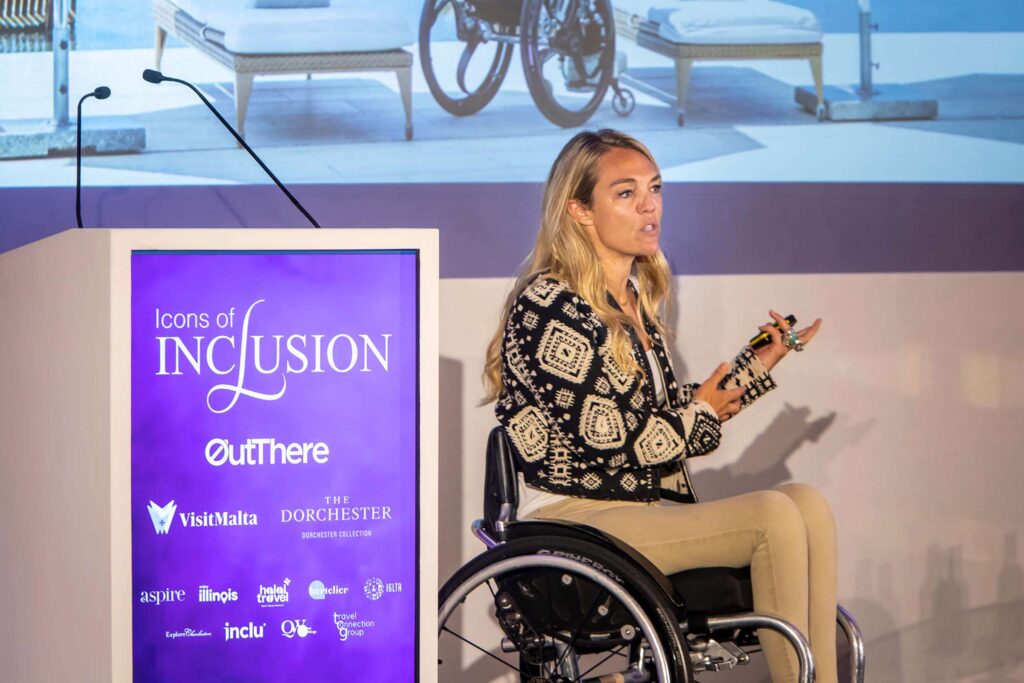
With two decades of campaigning for better accessibility in travel and hospitality under your belt, where would you say those industries are in their journeys towards inclusion?
That’s a hard question to answer. Compared to 20 years ago, they’re miles ahead. Compared to where I want them to be, they’re not there yet. And it’s a really mixed bag. Some destinations and parts of the industry have done a lot of the work to make progress; others are not even off the ground. I’m from the UK, and live in the US, which are both world-leading in terms of progressive attitudes and improvements to the physical environment. In some destinations, you can’t even get out of the front door. But I do feel something in the zeitgeist, based on how much more in demand I and the work I do are, that tells you there is much more understanding today of the need to make changes. I, and people like me, are being asked to speak at more and more travel events and work as consultants for companies that want to do better. And in the last week alone, I’ve been published in two broadsheets and two magazines, writing about accessible travel.
OutThere’s Icons of Inclusion event was fantastic. Nice and intersectional, just how everything should be – like a big warm hug. And of course, travellers with disabilities intersect with every other underrepresented group. Some of us are queer, some of us are older, some of us are female solo travellers. I particularly loved listening to all the female leaders who spoke at the event about changing the landscape. I’m so grateful for any space like that that makes time for these hugely important issues.
What specific challenges are engaging your attention currently?
How long have you got?! Sometimes I think, pick a fight, any fight… there are so many issues for travellers with disabilities out there. I run a campaign group called Rights on Flights, which I started because my wheelchair got broken so many times when I travelled. In the US, 29 wheelchairs are broken during air travel every day, that’s 29 lives stopped in their tracks. We presented proposed new legislation, the Assisted Air Travel Act, to the UK Parliament in 2023 to try to make carriers do better. And great work is happening, like designs for airplanes with spaces so travellers can stay in their wheelchairs on flights. Another really big issue is simply people’s attitudes to disability. People are very fearful, and make a lot of assumptions about what travellers with disabilities can and can’t do, and that can be more frustrating than, say, not having an access ramp. Also, a lack of information is a huge barrier. If I could leave just one improvement as my legacy, it would be that businesses and travel companies would publish more detailed information about what they have and don’t have on their websites, so travellers have agency and can decide for themselves what they can and can’t do. It’s such a simple thing.
What have been some of your most positive experiences of accessible travel?
There have been countless. California, where I live currently, has been the most accessible place I’ve ever travelled. The built environment is incredibly accessible because of the legal requirements of the ADA [Americans with Disabilities Act 1990], which is nationwide and sets the US as a whole apart. In the Netherlands, the built environment is not necessarily so progressive, but attitudes are far more inclusive than in most places, and I’ve felt incredibly welcomed there, especially in Amsterdam. Recently, I had an amazing scuba-diving trip to the Maldives, where simple measures like beach-friendly wheelchairs and hoists on boats to get you in and out of the water were so helpful. And I recently came back from an extraordinary trip to New Zealand with Ahipara Luxury Travel. They were amazing, asked me about my needs and then adapted what they do for everyone else for me, simple as that. I did everything from visiting a sheep station to kayaking, to heli-touring, to bungee jumping. Heaven.
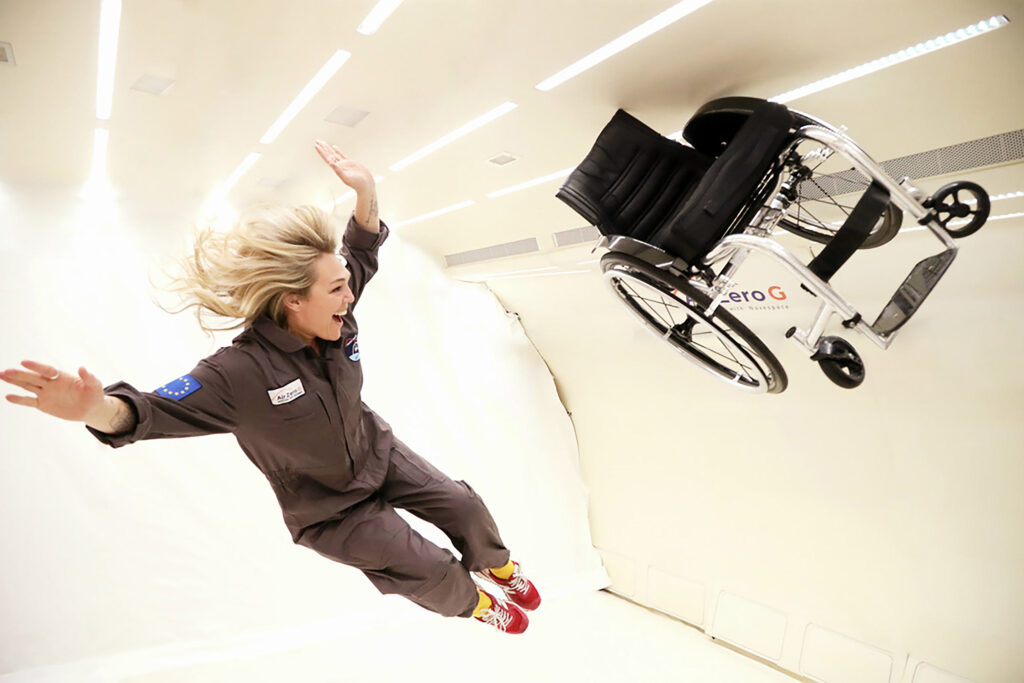
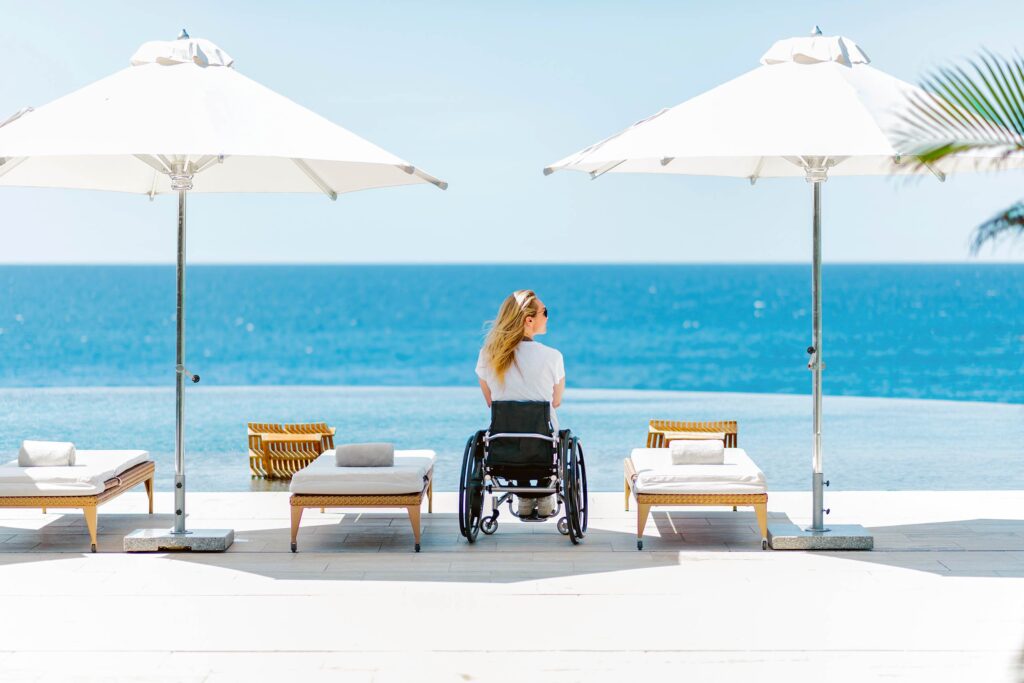
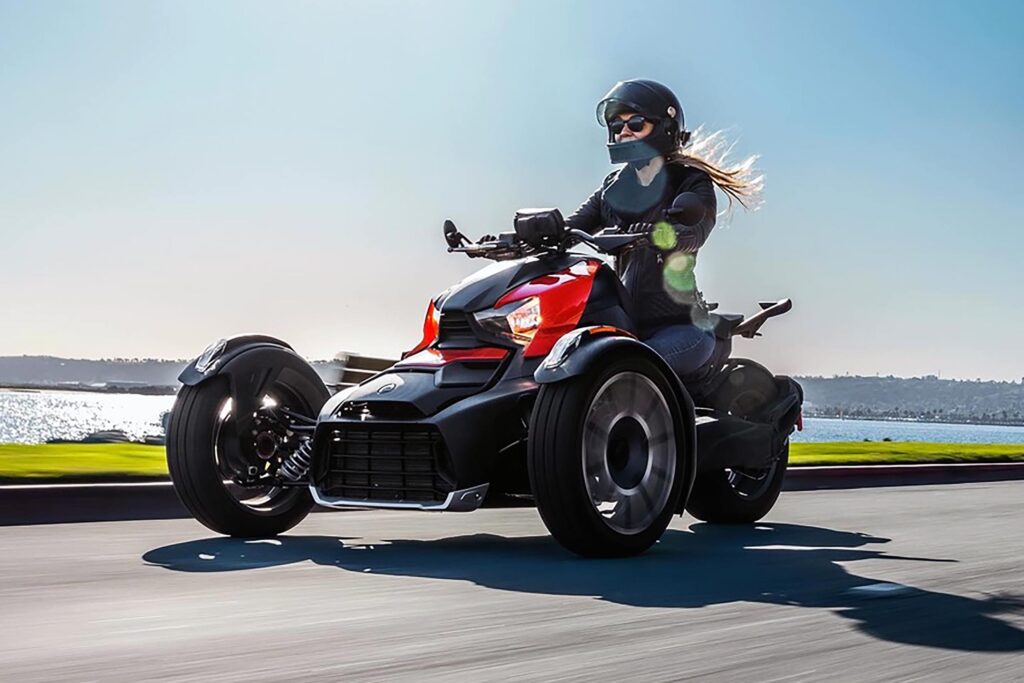
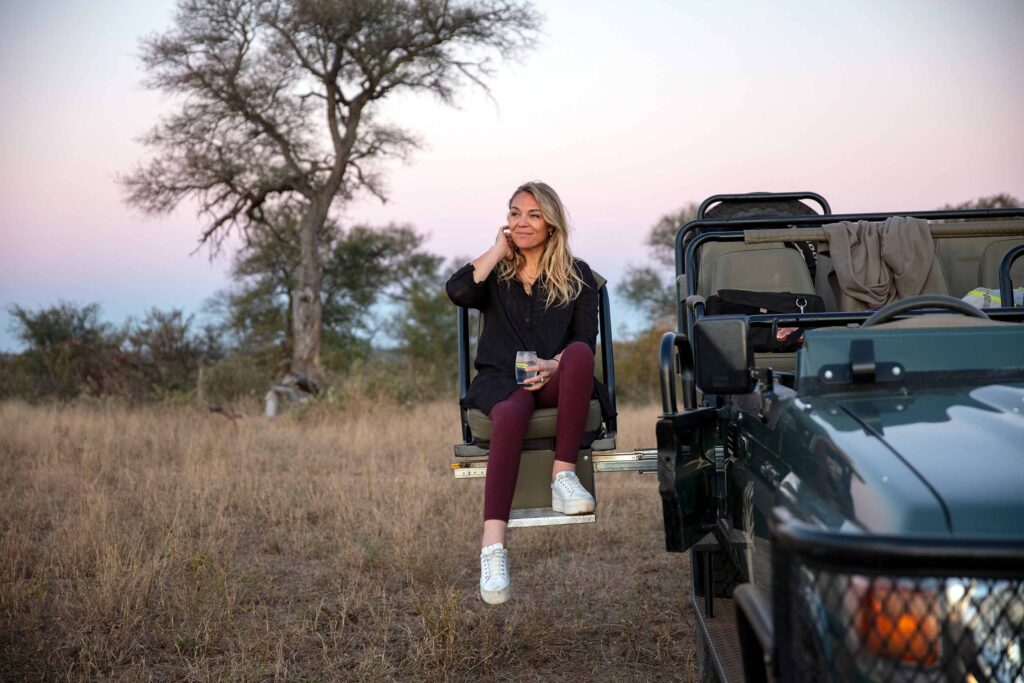
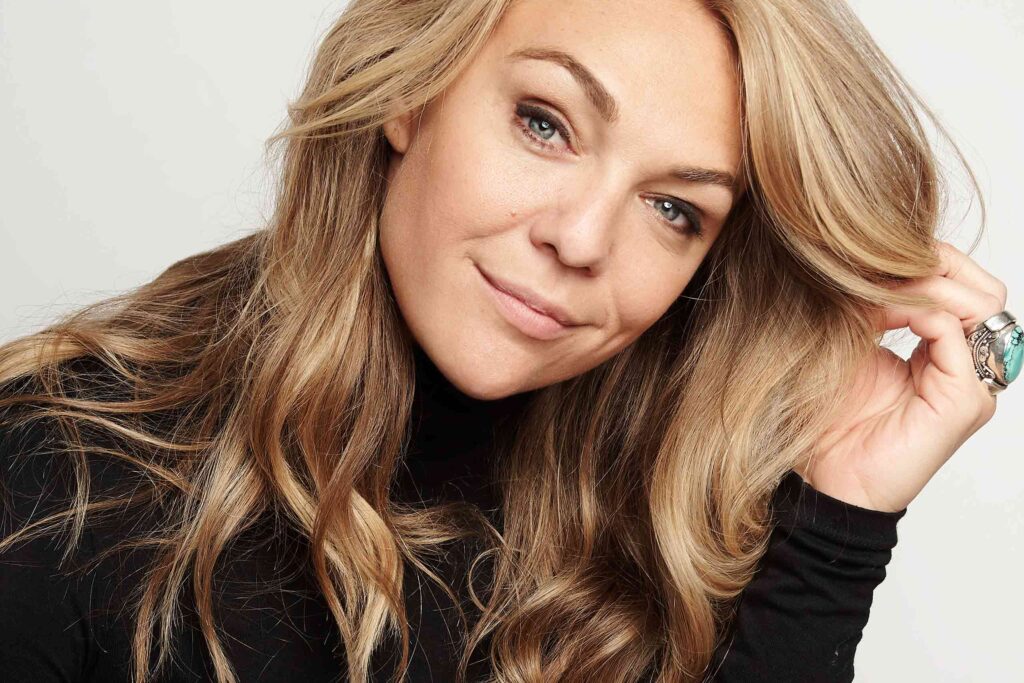
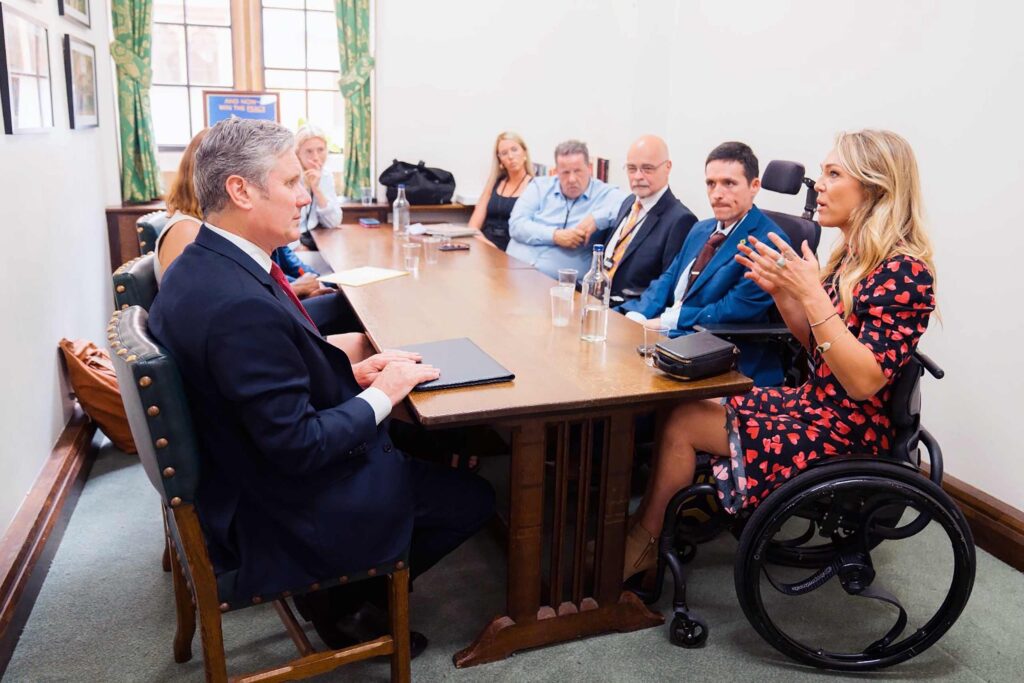
Are there simple measures people with disabilities can take to improve their travel experiences?
Never trust the word accessible. It means completely different things in different places. Ask specific questions about the places you want to visit and get detailed access information about whether they can meet your specific needs. If you need step-free access, for example, ask if they have it. Do some digging for yourself. There are some basic hacks too, such as keeping your medication with you at all times, never putting it in the hold. Make sure you have tags on all your equipment. Take a spare kit if you can. If you use a wheelchair, make sure you always have an Allen key.
How can people be better allies to travellers with disabilities?
Don’t make assumptions about what travellers can and can’t do, and don’t be afraid to ask questions, to really understand individuals’ needs, and what they want. And pay attention to spaces and their accessibility, and talk to their owners about how they could make things better. Say you have a friend who’s a wheelchair user who would not be able to get in; have they thought about improving access? I think that could shift the industry in the right direction very quickly.
You moved to Los Angeles in 2022. How have you enjoyed living there?
I live in West Hollywood, and I love it. California is my favourite place, and I’ve been exploring it intensively. It’s so diverse. I recently did a great road trip with friends, filming the Joy Diversion YouTube series for Visit California. We revisited some of my favourite places and took in some of the big names, like Palm Springs, Santa Barbara, Joshua Tree National Park and Lake Tahoe, but we also went off the beaten path a bit, for example, to Pioneertown, an 1880s-themed Wild West town in the High Desert built as a shooting location for Westerns. But I think I’m ready to move on. I love California, but there are so many places I want to see, so many destinations are calling. I think I might live a nomadic life for a while.
You first set out to make a career as an artist. Do you still have time to draw and paint, and if so, what does that give you?
I do, and it’s like medicine. The visual medium allows me to say things I can’t say out loud, or don’t even know how to put into words. I find the escape aspect of it really relaxing, and I love it more than anything in the world. But I don’t get to do it as much as I’d like. I’m an oil painter, and you can’t just drop into that, and ideally, I’d have a studio, which I don’t. One day, when my body packs up, which it will, and I can’t travel as much as I’d like to, all I’ll do is sit in a studio with a dog and a cup of tea and paint all day long. And I look forward to that. But not yet!
For more on OutThere’s Icons of Inclusion 2025, read our recap of the day here.
www.sophiemorgan.com | @sophlmorg
Photography by Joel Ryder, Tom D Morgan, Dan Patrick Vaughan, Edo Dream and courtesy of Sophie Morgan, Ani Resorts, CanAm and Channel 4


